
Salt marshes like the one shown in (A) are often found in lagoons. Lagoons are very muddy! The muddy sediment may eventually form a rock like the shale shown in (B). Sometimes there are little layers in the shale that formed as the sediment settled down to the bottom of the lagoon. Other times, plant roots make the little layers impossible to see.
Back to the Table of Environments
(A) Bruce Molnia, Terra Photographics courtesy of Earth Science World Imagebank and (B) courtesy of State of New York.
Last modified January 6, 2004 by Lisa Gardiner.
You might also be interested in:
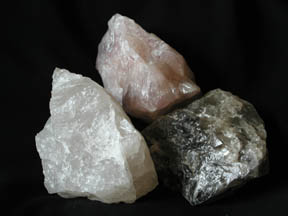
Spotting minerals is fun! There are many different types of minerals. Each has a different name and special traits. You can learn more about minerals by looking closely at them to understand their special
...more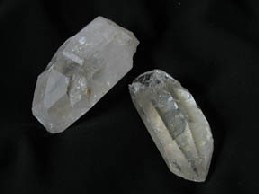
This mineral is called quartz! Sometimes it looks white like milk but usually it looks clear like glass, sometimes with a little pink or gray tinge of color. You can find crystals of quartz in many different
...more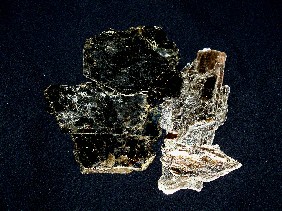
Mica minerals make some rocks sparkle! Look for them in your igneous and metamorphic rocks. Do they make your rocks sparkle? They break into flat plates because they have cleavage.
...more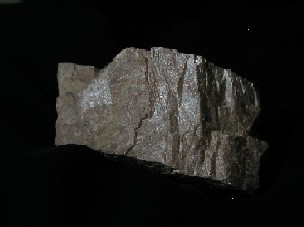
This is a feldspar mineral! Look for it in igneous rocks where it looks like white or pink crystals. You might find it in other types of rocks as well.
...more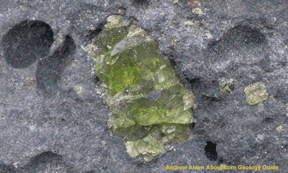
The mineral that is green is called olivine! Look for it in igneous and metamorphic rocks. In this picture, olivine is filling a hole in the igneous rock.
...more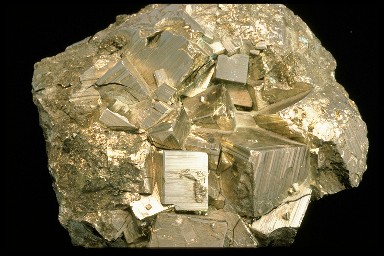
There are at least 2000 minerals on Earth. That's a lot of minerals! But you don't need to know all of them to spot the minerals lurking in the rocks of your backyard. That is because only a small number
...more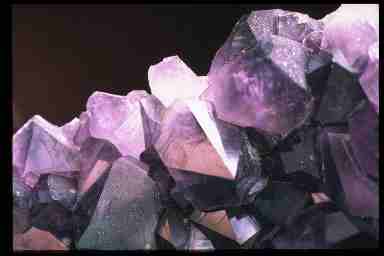
Minerals are the building blocks of rocks. There are many different types of minerals. All of them are solid and all are made of atoms of elements. Minerals can grow even though they are not alive. Most
...more















